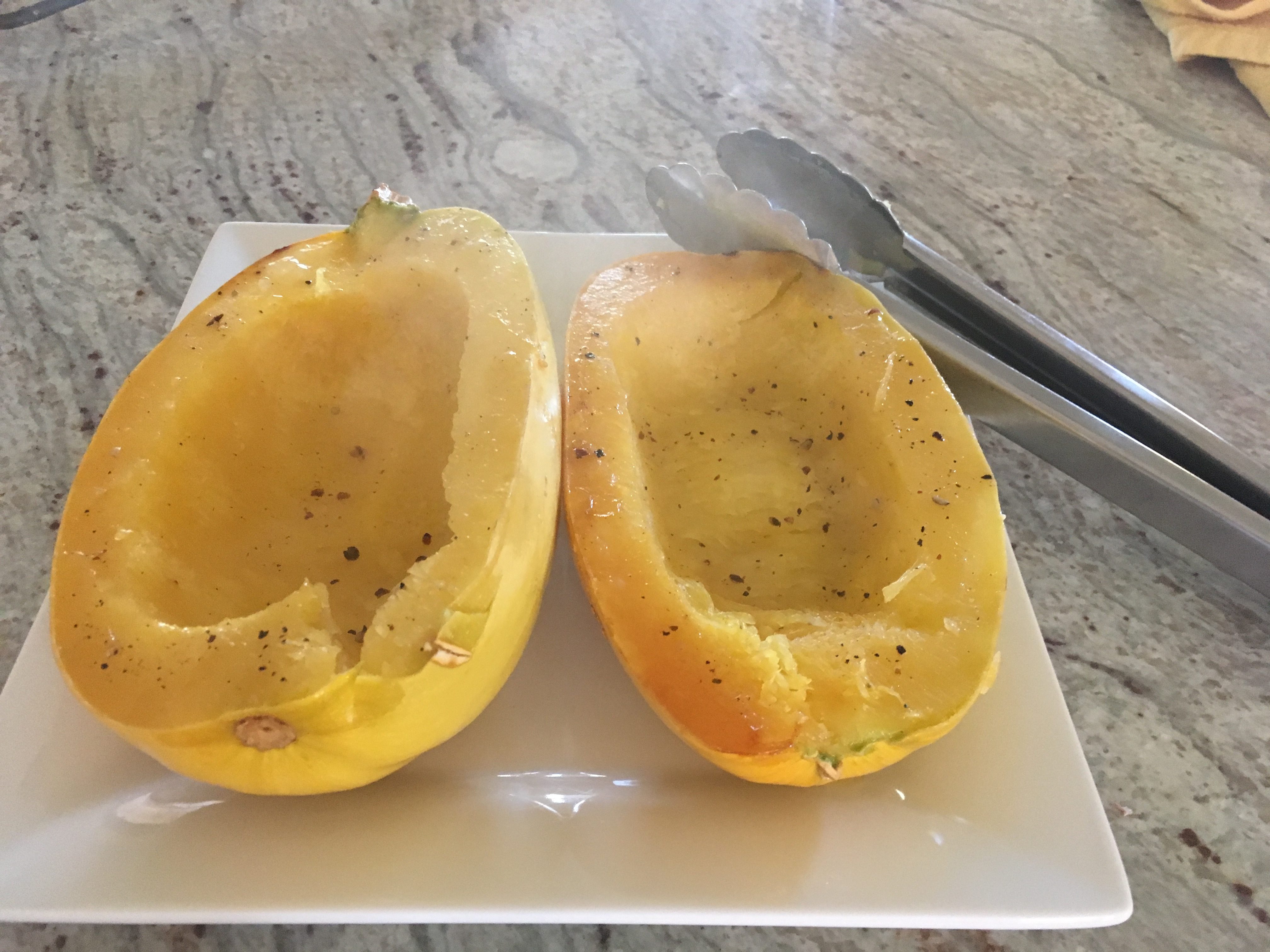What’s for dinner?
How about a delicious, versatile, and beautiful vegetable so packed with nutrition and fiber that it actually slows the aging process, lowers blood pressure, supports brain health, and fights diabetes and cancer? How about a food that’s cheap and that you – yes even if you think you have a black thumb – can easily grow in your very own flower bed three seasons a year?
Swiss chard is a green, leafy vegetable in the beet and spinach family with brightly-colored, celery-like stalks. Think of it as super spinach.
Why Swiss chard is on my menu:
It’s a nutrition bomb.
Aristotle wrote about Swiss chard and the ancient Greeks and Romans knew about the medicinal properties of this colorful vegetable. Swiss chard packs so many nutrition punches that I won’t list them all here. These are just a few:
- A single serving of Swiss chard has 300% of your daily need for Vitamin K, which promotes strong bones, a healthy metabolism, digestive health, and brain function.
- Swiss chard contains 38% of your daily need for magnesium, a mineral in which some researchers believe 80% of Americans are deficient. Signs of a magnesium deficiency range from leg cramps and insomnia to high blood pressure, anxiety, depression, migraines, and osteoporosis.
- Swiss chard is loaded with various kinds of antioxidants. Some of these regulate blood sugar, have anti-aging properties, and fight cancer and heart disease.
Some of the vitamins in Swiss chard are fat soluble, so be sure to eat some healthy fats (olive, coconut, or avocado oil, or some eggs or fatty meat) with your veggies!
Check out this link for everything you ever wanted to know and more about the nutrition potential of this vegetable: https://draxe.com/swiss-chard-nutrition/
It’s cheap and easy to grow here.
Next to bok choy, Swiss chard is THE most perseverant vegetables that I’ve grown.

- It doesn’t mind hot or cold weather. I’ve left it in a neglected garden area, letting weeds grow around it all summer only to find it huge and beautiful, waiting to be harvested. I’ve left it in the fall and it has overwintered, only to grow back into a huge, glorious plant in the spring.
- Insects in our area seem to leave it alone. I’ve never had pest problems with my Swiss chard. Believe me, after the summer of the squash bugs that we’ve just been through, this is a huge benefit.
- It grows well in pots. I have some now growing on my back deck right now. It doesn’t wilt like the lettuce does when I forget to water it. And it’s gorgeous!
- It doesn’t seem to mind part shade or full sun. I’ve grown it in both and it’s done equally well.
- It grows back when you cut it. Keep harvesting and it will keep coming!
One growing tip is to add manure to the soil when planting Swiss chard, so pick up some composted manure at your garden supply store or bring an empty bucket to my house. We have plenty and that may be a contributing factor in my success with this veggie.
It’s beautiful, versatile, and delicious.
This rainbow vegetable looks as beautiful on your plate as it does in your yard. The stems vary in color and include red, white, yellow, and orange. It is similar to spinach in taste, but easier to pick and prepare because of it’s huge leaves. It also keeps better than spinach in your fridge.
So how can you eat Swiss chard? The options are endless, but here are a few ideas:
- Eat it raw. Mix it into your salad or use it as a lettuce wrap for an easy lunch on the go. Just wrap up some meat and cheese or some leftover stir-fry. Yum!
- Cook it into a stir-fry with other veggies like peppers and onions or celery and carrots. This is my favorite way to get my kids to eat it. They’ll eat anything stir-fried with chicken thighs and topped with chopped cashews. I can also clean out the veggie drawers this way.
- Stir chopped Swiss chard into a soup toward the end of cooking. Your taste buds won’t even notice it’s there, but your body will.
- Add it to braised meats.
- Mix it into casseroles and lasagnas.
- Make it into a frittata. We eat a lot of eggs here and a frittata is such a great vegetable vehicle. You can’t go wrong. Adding sausage, bacon, and/or cheese might encourage those green-food-phobes in your family to try it.
- Just sauté it. This is the most common way I cook Swiss chard. Simply sauté it in some hot olive oil, throw in some garlic, salt, and pepper and it’s ready to eat. Or for more flavor, you could throw in some more ingredients like lemon juice and parmesan. See the recipe below.
Try out these recipes:
So, why not pick up some Swiss chard to go with dinner tonight? Does your family eat Swiss chard? What is your favorite way to prepare it?
Sources:







Yum! I’ve never made it but I’ll try it.
Thanks Jeni.
Hope you like it! Thanks for reading.